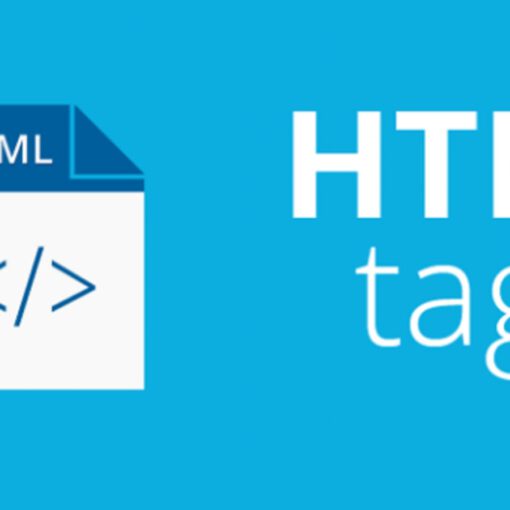An Overview of the Terminal Services Session Broker
The TS Session Broker is positioned on the front line in front of two or more servers running terminal servers and is responsible for balancing terminal service load requests between authorized servers such that a single server does not become overloaded. TS Session Broker can be run on a server specifically designated for the task or, since the broker itself does not require significant resources, on one of the terminal servers in the group.
Load balancing may be configured using a concept known as relative weighting or using round-robin DNS. Under relative weighting, an administrator assigns each server a weight value (based on percentages) which, relative to the weights assigned to other servers, governs the load levels on that server. For example, a server with a weight of 30 will have a load of 30% of the load of another server in the farm with a weight of 100. It is important to understand that loading is based on number of sessions on each server, and not any knowledge of the total resource load on a particular server at a given time. For example, one server with small ‘resource light’ applications will be viewed by the TS Session Broker as being at the same load level as a server with a large, resource intensive applications.
Round-robin DNS, as the name suggest, passes the load balancing responsibility onto a DNS server.
Prerequisites for Implementing TS Session Broker
Before deploying a Terminal Server farm there a few key prerequisites that should be taken into consideration. Firstly, the server designated to run the TS Session Broker service must be a member of a domain.
Secondly all Terminal Servers in a farm must be configured such that they make the same applications available for remote access.
Finally, client systems must be running Remote Desktop Connection 5.2 or later to be able to use TS Session Broker load-balancing.
Installing the Terminal Services Session Broker
For the purposes of this chapter a configuration consisting of two Terminal Servers (named winserver-1 and winserver-2 respectively) and one TS Session Broker (named winserver-3) will be used. Note that the TS Session Broker server must belong to a domain, otherwise it will not be possible to install the enable the Broker service.
To install the TS Session Broker on a server, open the Computer Management tool and select Roles from the tree in the left hand panel. On the roles screen select Add Role and select Terminal Services from the list of roles and then Next to continue. On the resulting information screen click Next to proceed to the Role Services screen where the TS Session Broker option needs to be selected. Click Next and then Install on the final screen. The installation will begin and will likely require a reboot. Once the system has reboot, log in as the same user to complete the final phase of the installation process.



